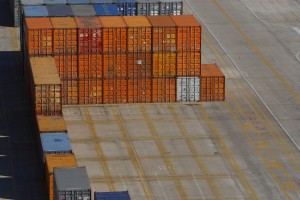
The underlying goal of free trade policy is to allow markets to allocate resources to their most efficient uses, while the general goal of environmental policy is to manage efficiently and maintain the earth’s resources. Where the same resources are the subject of both trade efforts to allocate and environmental efforts to manage efficiently and maintain, conflicts can and do arise. These conflicts between trade and the environment must be reconciled, because both trade and environmental policies are too important to let conflicts persist. Yet many environmentalists still believe that the economic system, including trade, is the enemy; and many trade and development experts still believe that the environment is not a fundamental part of the economy, but rather a luxury to be added on later, when and if it can be afforded.
Even with the most optimistic projections of technological advancement, these trends in population and the economy are almost certainly not sustainable. Even more troubling, the 5cale of today’s development already appears to be overextending the ecosystem that sus~ins us all. “Further growth beyond the prese~t scale,” according to World Bank senior economist Herman Daly, “is overwhelmingly likely to increase costs more rapidly than it increases benefits, thus ushering in a new era of ‘uneconomic growth’ that impoverishes rather than enriches.” Daly believes that “[t]his is the fundamental wild fact that so far has not found expression in words sufficiently feral to assault successfully the civil stupor of economic discourse.”
As the critical scientific and policy debate about the limits of the ecosystem goes on, it is necessary for the legal relationships between trade agreements and environmental agreements to be reconciled. Accordingly, this memorandum reviews provisions within the General Agreement on Tariffs and Trade (“GATT”) and other trade agreements that may be relevant to environmental concerns. It then reviews several international environmental agreements and domestic laws for possible frictions with those trade provisions. It concludes with a brief discussion of issues and options for reducing or eliminating such frictions.
